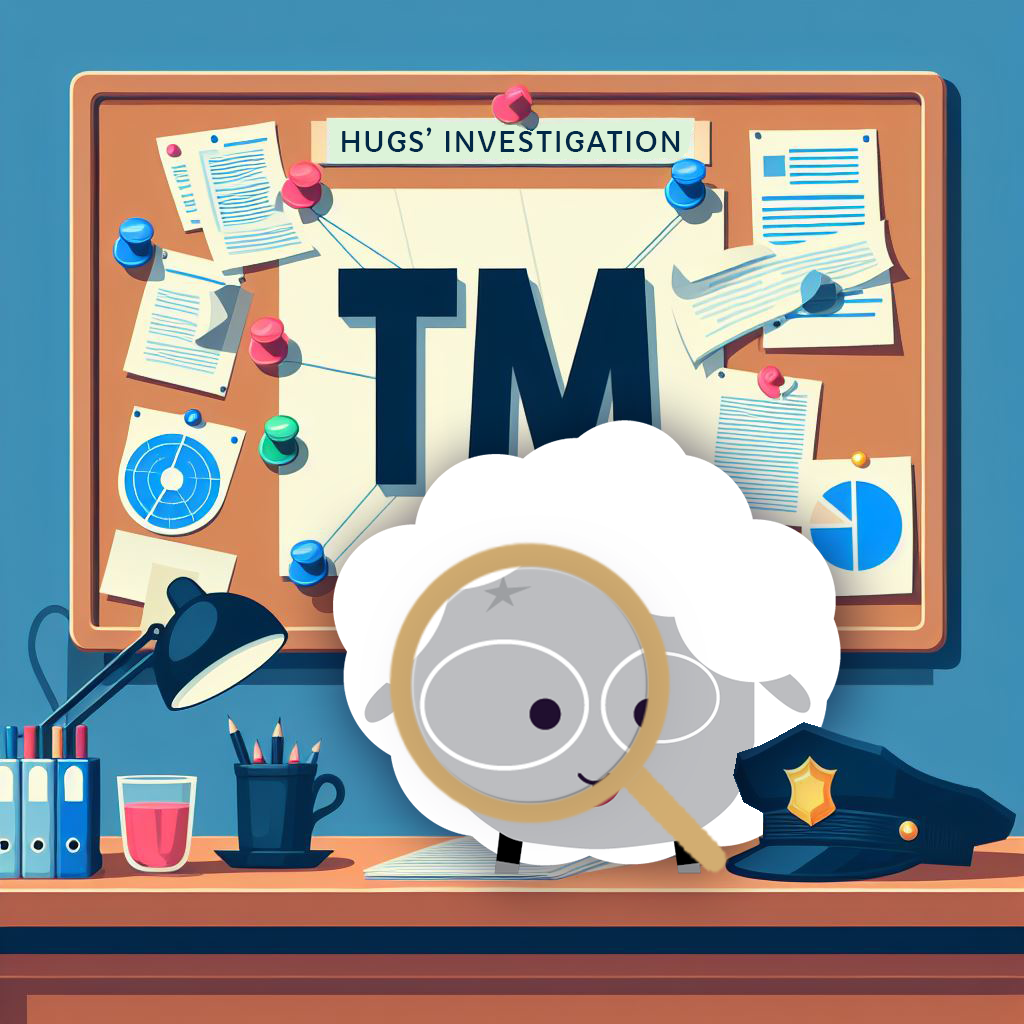 Greetings, language aficionados! My name is Hugs, language detective at Sparkling Lengua, and today we’ll unveil the secrets of translation memories (TMs). Read on to discover how TMs can increase efficiencies for translators and cut costs for clients.
Greetings, language aficionados! My name is Hugs, language detective at Sparkling Lengua, and today we’ll unveil the secrets of translation memories (TMs). Read on to discover how TMs can increase efficiencies for translators and cut costs for clients.
What is a translation memory?
As the term suggests, a translation memory (TM) is a translator’s electronic memory: it ‘remembers’ previously completed translations.
Put more technically, it’s a database that stores ‘segments’, which can be sentences or sentence-like units such as headings or elements in a list. Each segment includes the original text (‘source’) and the translated text (‘target’), forming what we call a ‘translation unit’.
TMs are used with a translation software, a so-called CAT (Computer-Aided Translation) tool. CAT tools provide an interactive translation environment, where relevant translation units stored in the TM are dynamically retrieved and displayed to the translator for reuse or adaptation.
Never translate the same sentence twice
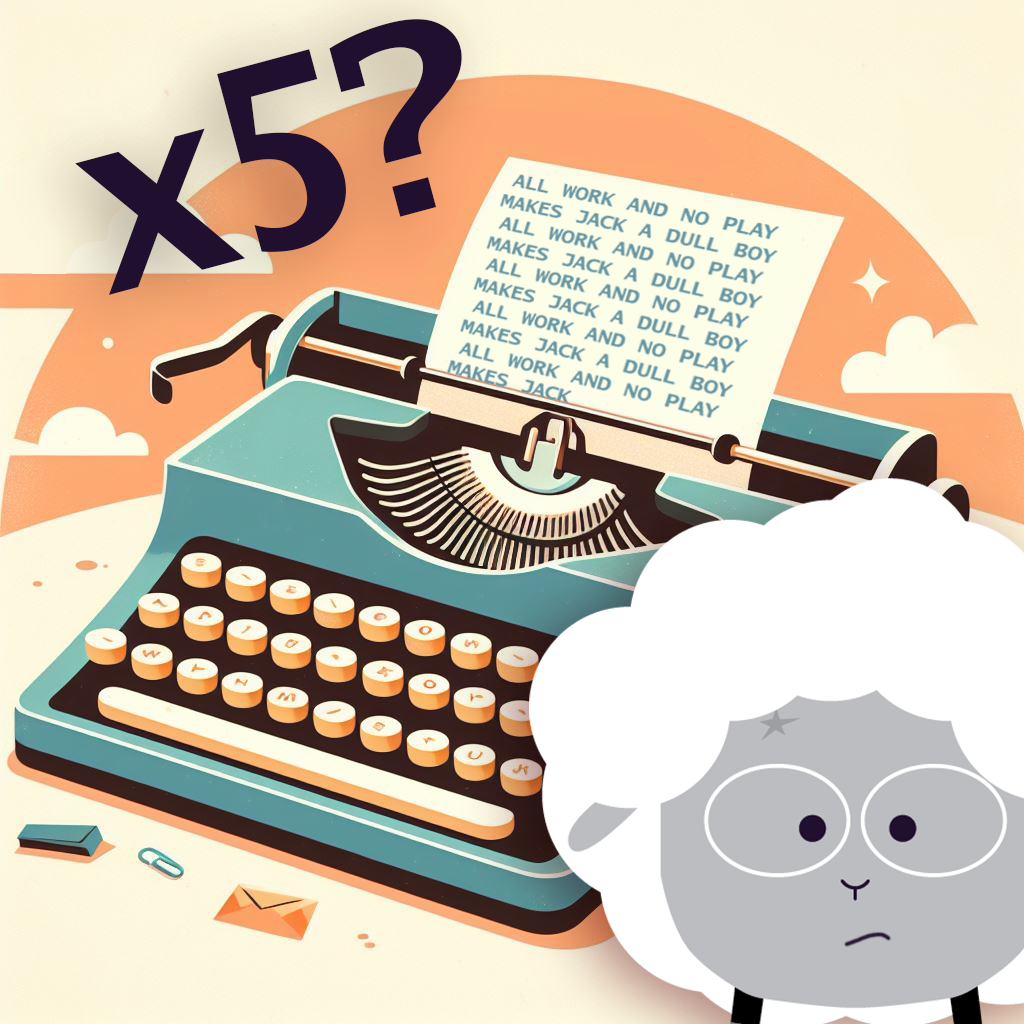 In a nutshell, that is what TMs are all about. Reusing existing translations means faster, more efficient translation processes. And that literally ‘translates’ into lower translation costs for you.
In a nutshell, that is what TMs are all about. Reusing existing translations means faster, more efficient translation processes. And that literally ‘translates’ into lower translation costs for you.
An added bonus is consistency. TMs ensure that previously approved translations will be systematically applied, whatever the project and whoever the translator.
These benefits grow as your TM grows – but they kick in even with a newly created, virgin TM: repeated sentences will be auto-propagated within and across files.
One client, one TM
At Sparkling Lengua, each client has their own dedicated TM, which is carefully maintained to keep it in shape over time. This is how we make sure to meet your specific requirements, your unique preferences in terms of terminology and style.
Although your TM is stored, updated and managed at our end, it still remains your property. If you wish to share it with other stakeholders, we’ll be happy to send you an export file in TMX format (Translation Memory eXchange).
OK, but how does it work in practice?
- Our analysis
Files to translate, whatever their format, are imported into the CAT environment – at Sparkling Lengua, we use Trados Studio from RWS – where they are analyzed against your TM. This yields a detailed report of word counts sorted by match categories, i.e. levels of similarity. See an example here:
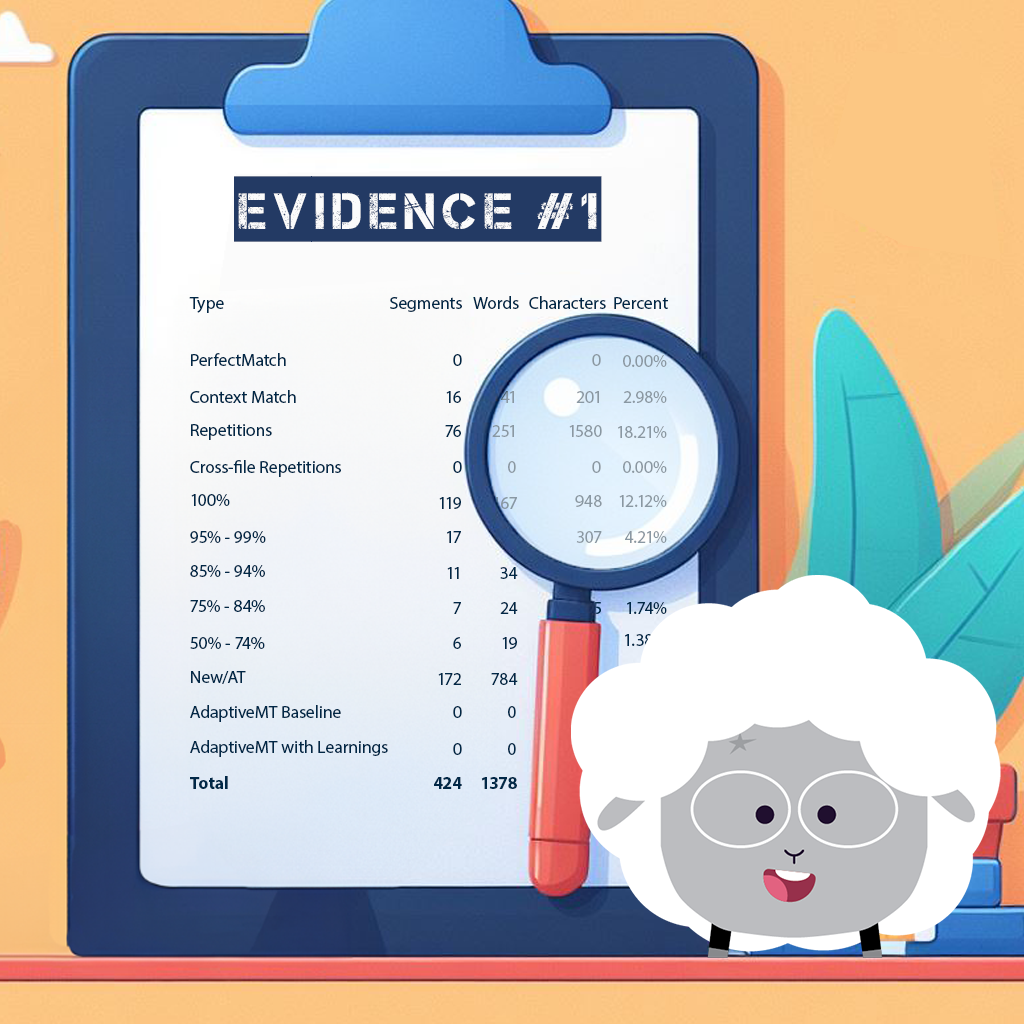 Confused? Let’s check out the main categories:
Confused? Let’s check out the main categories:
- 100%: a segment absolutely identical to an existing translation
- Context Match (CM): absolutely identical (100%) with the preceding and following segments matching as well
- Repetitions: repeated within your project, but not yet in the TM at project launch
- 50% - 99%: similar to existing translations to varying degrees (aka ‘fuzzy matches’)
- New/AT: no match found, new segment to translate from scratch
- Your quote
This analysis forms the basis of your price quotation. New translation units are counted at the full per-word rate; for the other categories staggered, quite considerable discounts apply. All relevant discounts will be detailed in your quote.
- The translation
The CAT tool provides a state-of-the-art translation environment, which looks something like this:
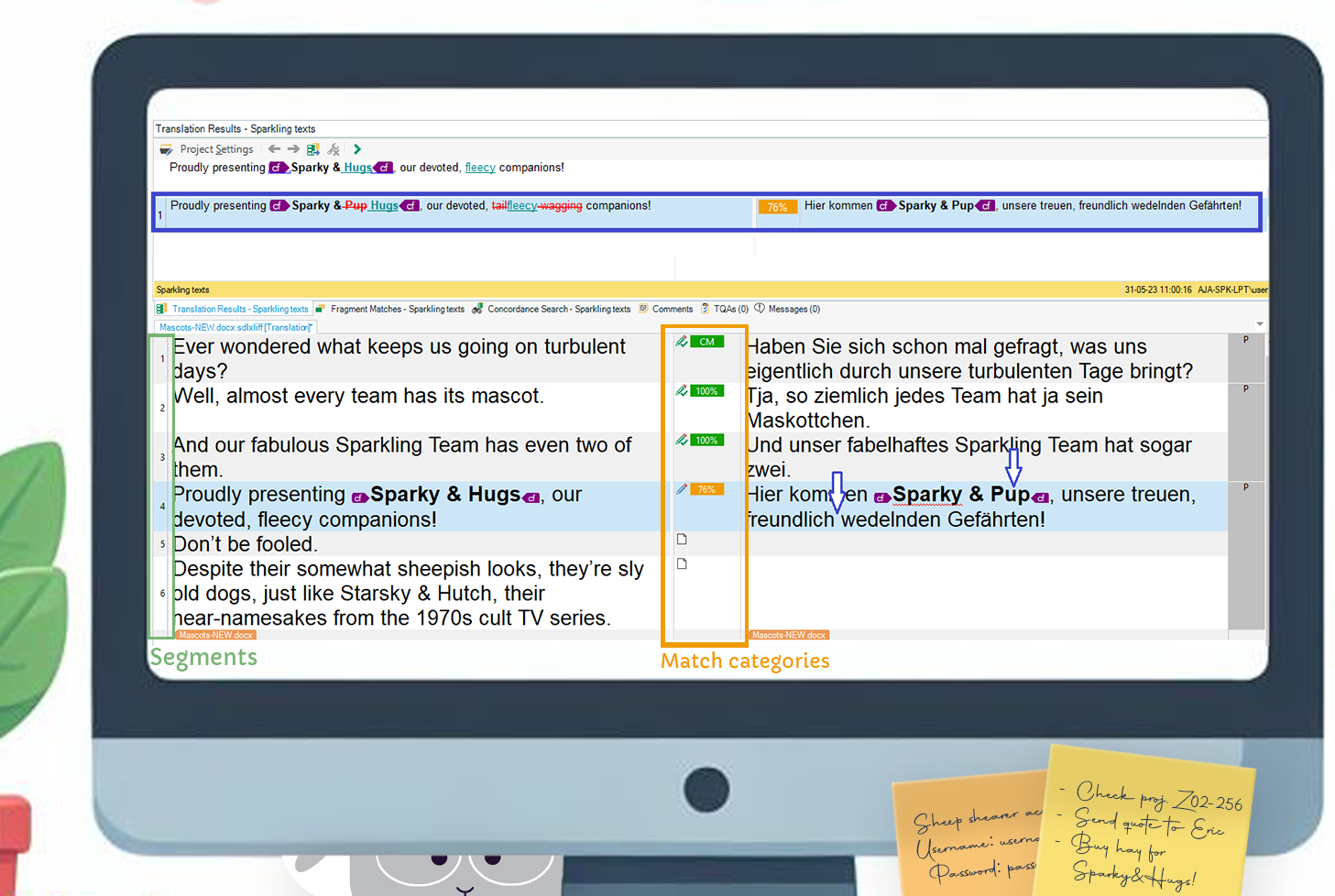
The table format in the main part of this screen is where the translator actually works. In this example, our German translator has landed CM and 100% matches from segments 1 to 3 and is now faced with a 76% fuzzy match in segment 4.
For now, the existing translation from the TM has been pre-populated. The translator will adapt it based on the differences shown in the ‘Translation Results’ window at the top of the screen. (BTW, one very important edit to make will be about my name. A previous language detective at Sparkling Lengua was apparently called Pup  )
)
Looking further ahead, segments 5 and 6 are new in this text and will have to be translated from scratch.
Mind you, savvy translators will use their CAT tool in many other ways, ranging from automated glossary lookup to additional search routines at the level of phrases or words. Add to that a whole array of automated checks: tags, spelling, numbers, consistency…
Once all this is done, my colleagues at Sparkling Lengua will perform a final QC, update the TM and re-export the files into their original format – ready for any following steps in the workflow (such as DTP) or delivery to you.
Sounds great – isn’t there a catch?
Let’s talk straight: TMs and CAT processes have also raised concerns. To conclude my investigation, I’ve looked into some common objections, separating the myths from the facts.
 Using a TM, isn’t that machine translation?
Using a TM, isn’t that machine translation? 
First things first: a TM is the result of the hard, painstaking work of human translators. It lets them remember what they may otherwise forget and keeps them in synch with colleagues they may never have met. Beyond the clever lookup algorithms of the CAT environment, this involves strictly no machine. That being said: in consultation with a client, a machine translation (MT) plug-in can be incorporated into the CAT environment as an option. In that case, any sentence that is not yet in the TM will initially be translated by the plug-in, followed by thorough human post-editing. Even in this scenario, which we call MTPE (Machine Translation Post-Editing), the translator remains fully in control.
TMs hamper creativity 
Admittedly, CAT tools with their inherent sentence-by-sentence approach can favour a relatively literal style in translation. They can make it harder to focus on the text as whole, the underlying message beyond the words. However, there are ways of working around this constraint: merging two or more segments for greater stylistic leeway, for example, or using the built-in preview to check the translated output as a stand-alone text. Many features of CAT tools, such as the convenient side-by-side view or easy access to client-specific terminology, are simply too good to miss – even for highly creative texts. Much like craftsmen deploying their tools, so experienced translators know how to get the best out of TMs.
100% matches shouldn’t require any work at all. Why charge for them? 
In well-maintained TMs such as ours, the majority of 100% matches can (and should) indeed be reused as is. However, there are various good reasons for giving them another quick read nevertheless. Broadly speaking, it’s all about context. A single word in any given language may mean quite different things. ‘Attachment’ for example – a document sent with an email, a fondness you feel for someone, a special tool fixed to a machine? If this occurs in a very short phrase, say a heading, only the wider context can bring clarity. Similarly, pronouns such as ‘it’ or ‘this’ are very prone to context-specific variations in translation. Not to mention language-specific conventions for phrasing different structural elements, e.g. a heading versus a call to action in a hyperlink. All that being said, clients come first at Sparkling Lengua. My colleagues are happy to determine the approach to 100% matches that best meets your needs.
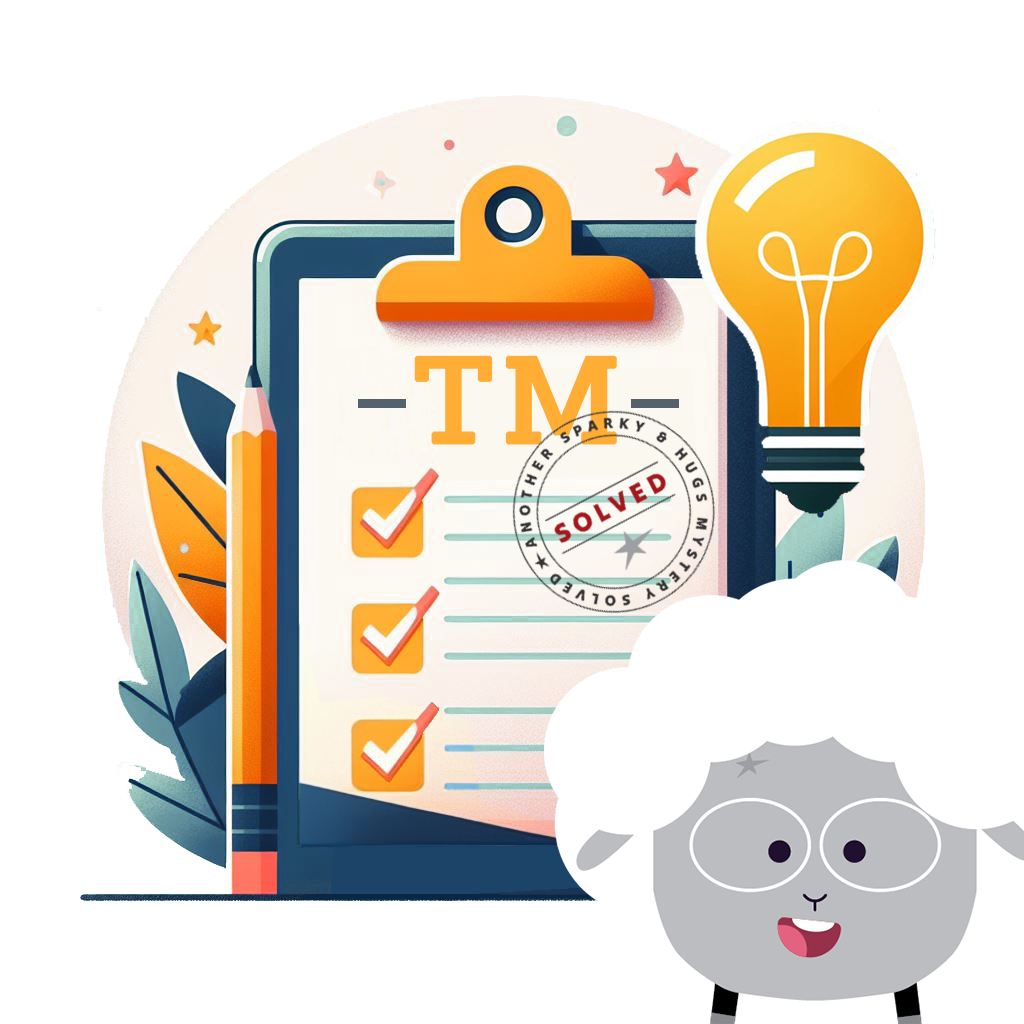
Conclusion
So now we’ve gone from the basics to quite advanced facts about TMs. As I tick off this particular case as solved, my main finding is: TMs help my pals at Sparkling Lengua achieve more for YOU. 
Any questions left unanswered? Get in touch.
Enjoyed this ride with me? Stay tuned for other upcoming investigations.
Yours truly,
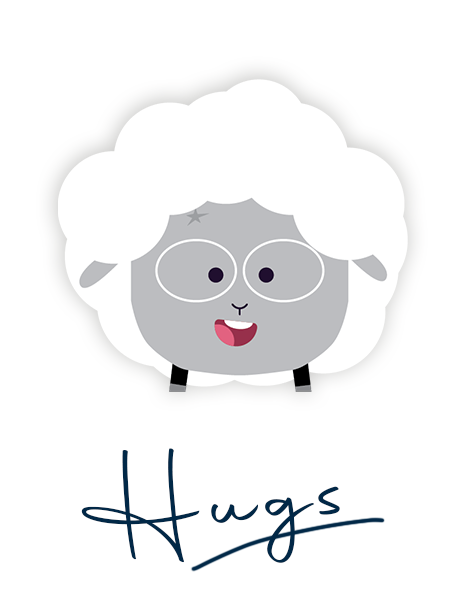
Hugs, language detective


 GRATIS-ANGEBOT
GRATIS-ANGEBOT 


 Greetings, language aficionados! My name is Hugs, language detective at Sparkling Lengua, and today we’ll unveil the secrets of translation memories (TMs). Read on to discover how TMs can increase efficiencies for translators and cut costs for clients.
Greetings, language aficionados! My name is Hugs, language detective at Sparkling Lengua, and today we’ll unveil the secrets of translation memories (TMs). Read on to discover how TMs can increase efficiencies for translators and cut costs for clients. In a nutshell, that is what TMs are all about. Reusing existing translations means faster, more efficient translation processes. And that literally ‘translates’ into lower translation costs for you.
In a nutshell, that is what TMs are all about. Reusing existing translations means faster, more efficient translation processes. And that literally ‘translates’ into lower translation costs for you. Confused? Let’s check out the main categories:
Confused? Let’s check out the main categories:
 Using a TM, isn’t that machine translation?
Using a TM, isn’t that machine translation? 




















